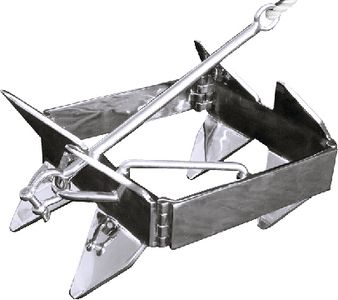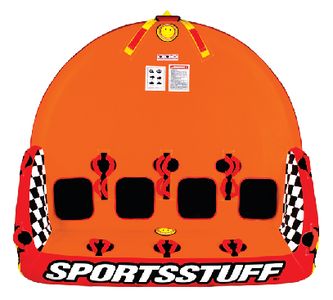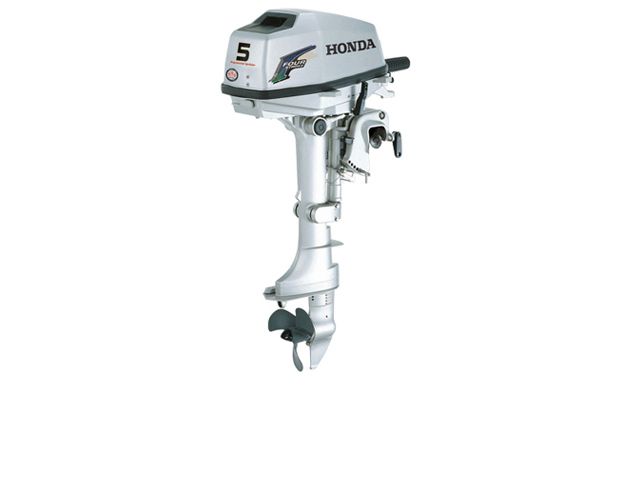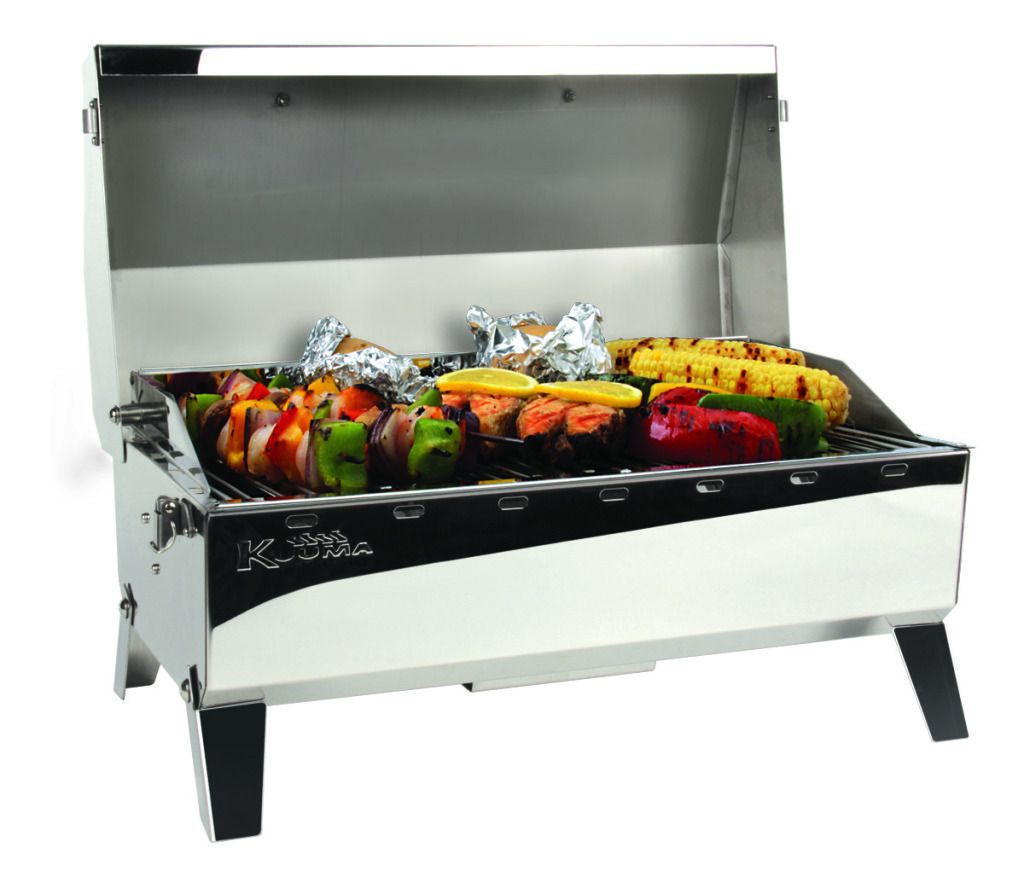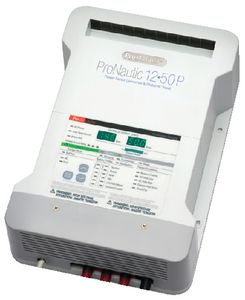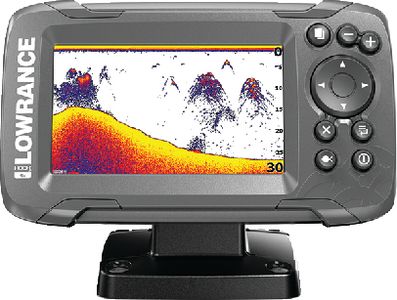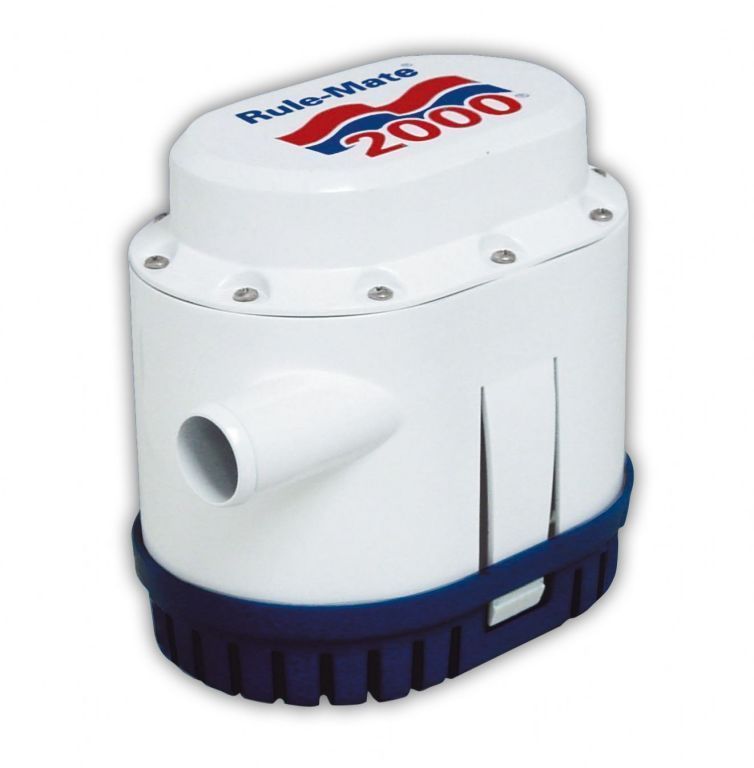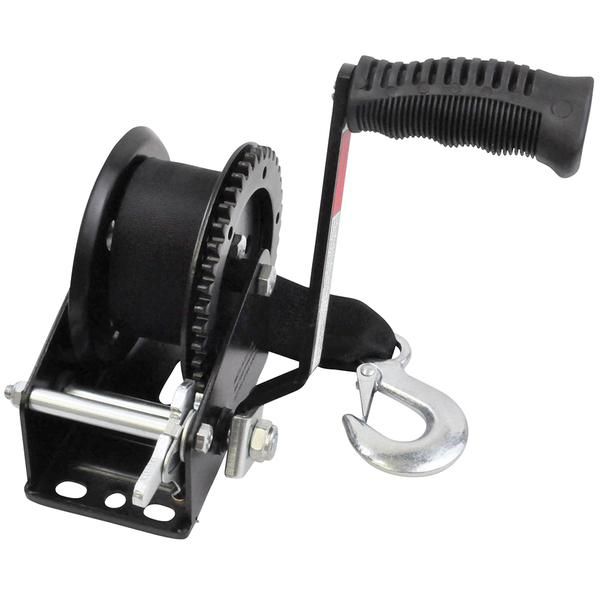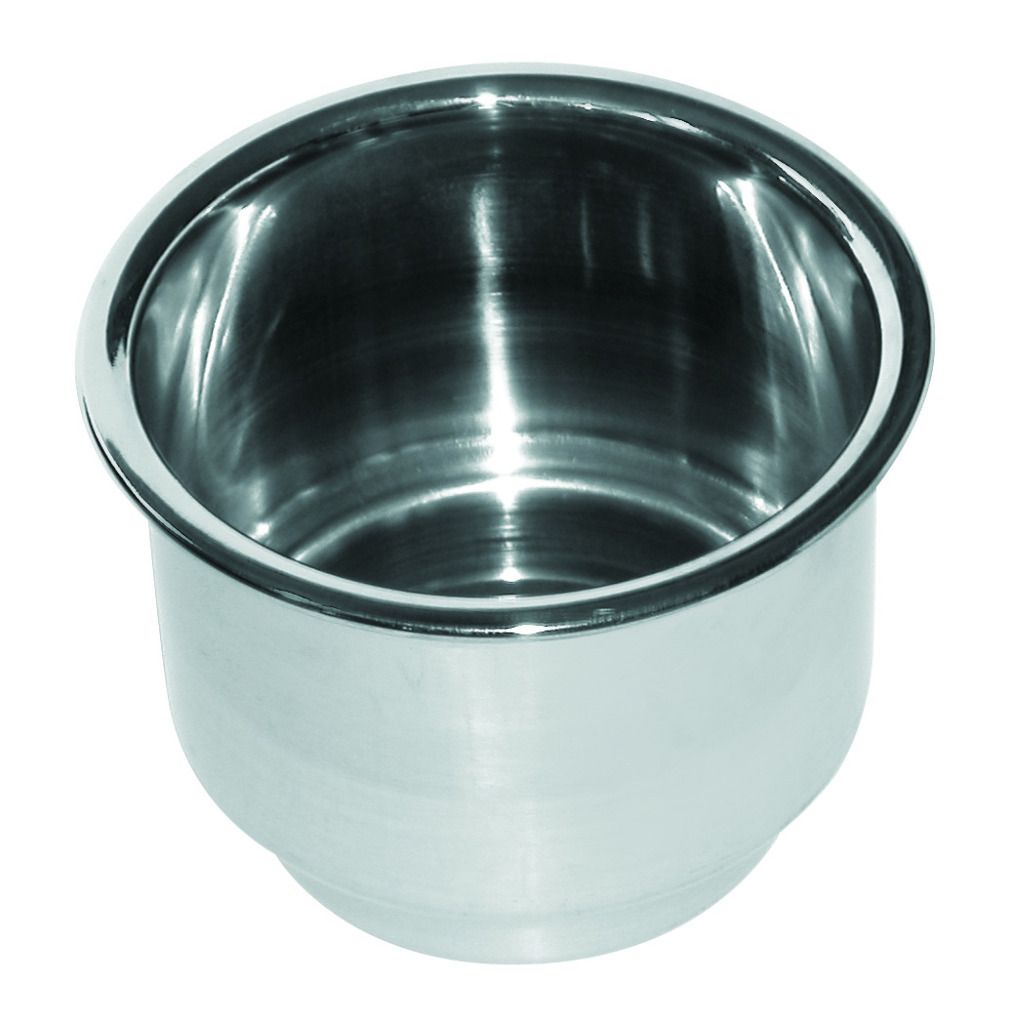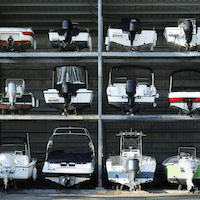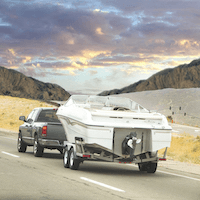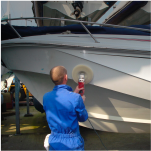Knowing the cap, rotor, points all good, he replaced the coil and was fixed.
Georgio, you have really stuck to this, and I admire your tenacity. This is a head scratcher and now there are two issues, perhaps unrelated: unable to get to max RPM under load and difficulty restarting. And from watching the video it appears there is a 3rd issue that may be unrelated to the others > the engine seems to stumble, especially at the end when you came down off the high RPM (about 1:45). If that is not a good option for you then suggest replacing the coil.
The white dot I saw when the engine was stopped was right in the middle.
Please keep trying and posting > this is fixable!
Thank you for all the insight and analysis into this.
Over the weekend I was able to go out and start up the motor. It was cold, had not been ran for a few days. Ambient temperature was about 78 degrees Fahrenheit and it started right up.
I let it run for 2 minutes at idle, and I wiggled the spark plug wires, shift cables, but heard no difference. I tried to wiggle anything other wires, hoses, connectors, harnesses, cables to mimic the experience I had when I made a hard left turn and the motor RPM's ran consistant and nothing seemed to change the RPM's.
I shut off the motor. I looked immediately down the carburetor.
There is no fuel dribbling from the venturi down into the throat as soon as the engine stops, so I don't believe that there is any carburetor flooding going on here. A minute later, started it up and it started right back up again. Apparently this stop/ start issue is intermittent.
The 3.0L must know when I am at the dock, and when I am in the garage?
I did not bother to check the spark. It must have been there. It started right up so. I'll go back to:
1. The ignition coil is original and has possible burns/shorts in the coil itself, or a bad ground..
Can this be tested with a DVM while running, or am I just better off to replace it?
2. The gas is brand new(ish) - The tank was emptied 3 months ago & three times I put 7 gallons of fresh 87 pump and so the oldest the gas could be now is 90 days.
3. Will re-run the optical tachometer RPM testing with the reflective tape off center.
4. Will re-visit the timing light testing again as soon as I can get to that.
Thanks for the continued support, and let me know what else I can try to test for next.

